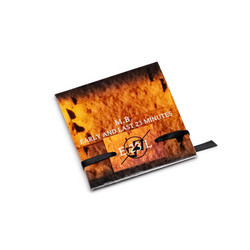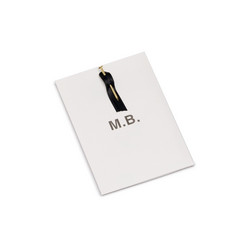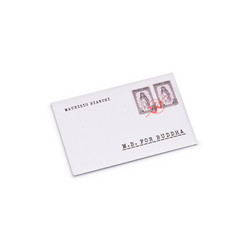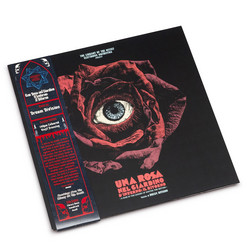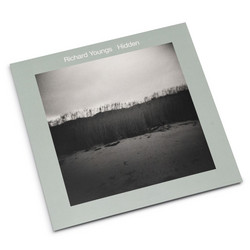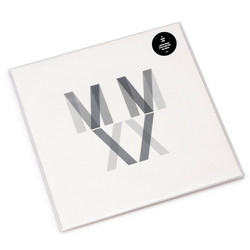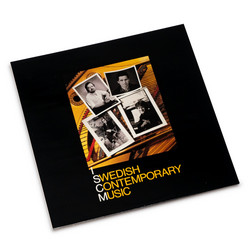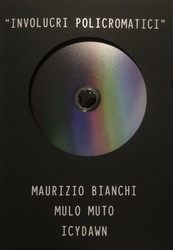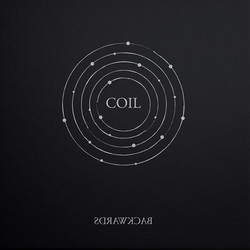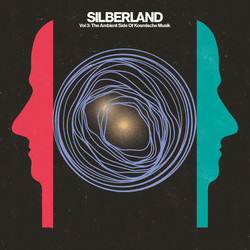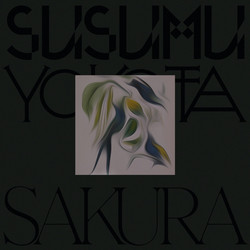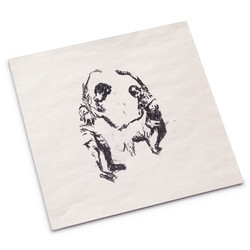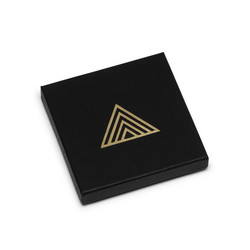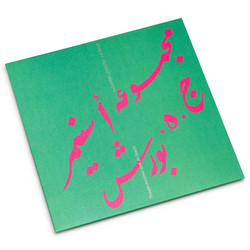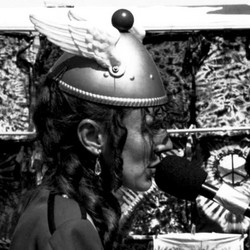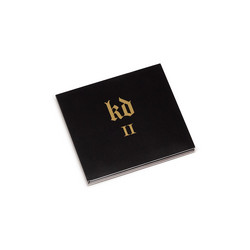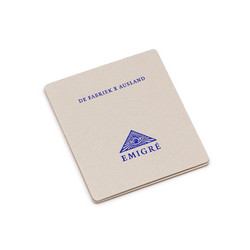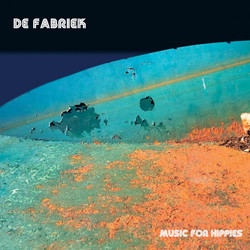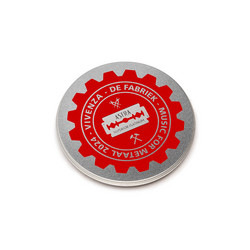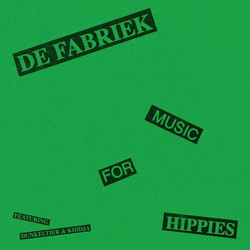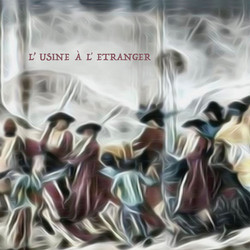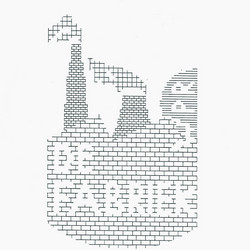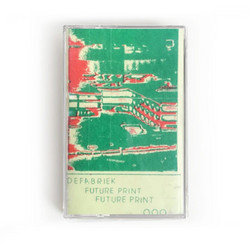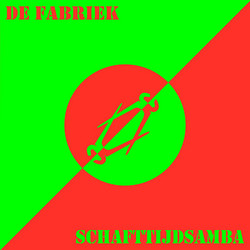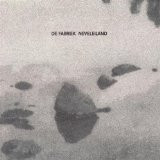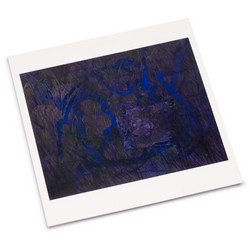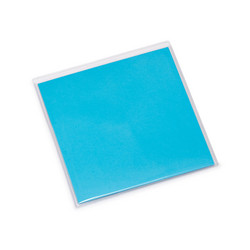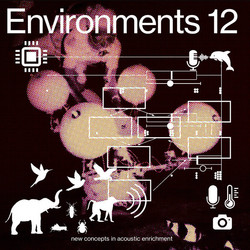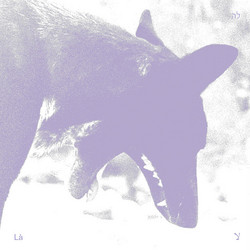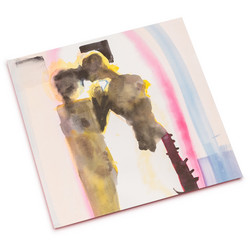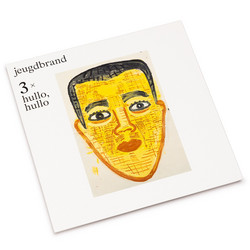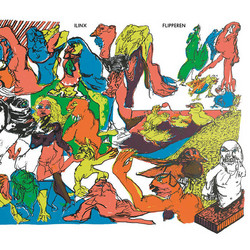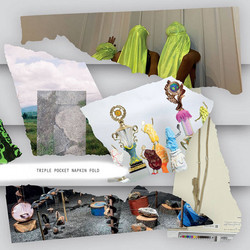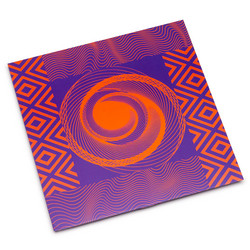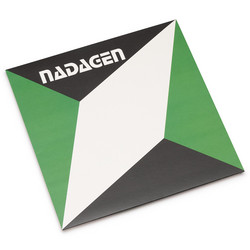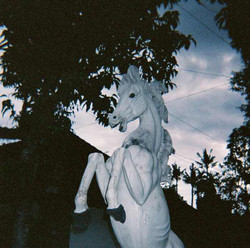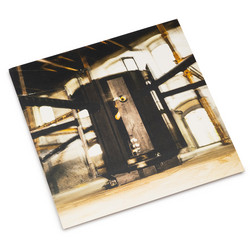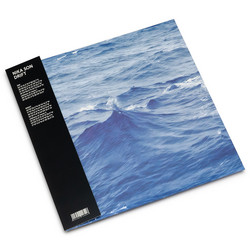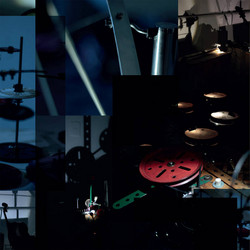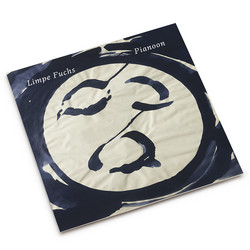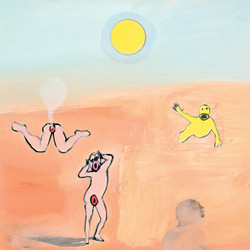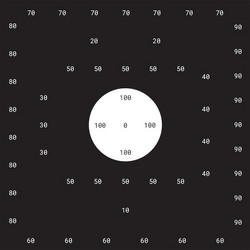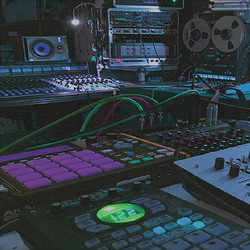De Fabriek
Blecheintopf (Music for Modern Art Exhibitions, Volume II) (LP)
*100 copies limited second edition. In process of stocking* "These liner notes needed to be a personal note, too. I first listened to Blecheintopf in 1983, at age 14, after someone had brought me the cassette tape from the Netherlands. As a German, I was immediately intrigued by its title. Then I got captivated by the soundscapes on tape: playful and dense at the same time, sometimes haunting, as if one was listening to an experimental post-apocalyptic science fiction movie without images. The sounds and the cassette tape have remained with me since, throughout four decades. Today, this album still happens to remain the only documented occurrence of the German word Blecheintopf. This word, which roughly translates as ‘Scrap Metal Hotpot’, seems to perfectly capture its sound and its spirit: (post-)industrial, self-made, eclectic, mixed up.
De Fabriek (‘The Factory’) began in the late 1970s as a do-it-yourself music collective around Richard Van Dellen and Andries Eker in Zwolle, the Netherlands. First, they were inspired by Krautrock and related experimental music, later by industrial (noise) music. De Fabriek became a vital and highly productive part of the industrial music DIY cassette label culture of the 1980s and 1990s. Blecheintopf is one of De Fabriek's earliest releases. Initially self-published in an edition of 10 in 1982, it immediately reappeared in a larger edition on Nico Selen's cassette label New Bulwark Records. Nico, who originally lived in the eastern Dutch town Enschede, had joined De Fabriek for this album under the pseudonym Wolff P. Rillings. He brought in the idea of making this album the second instalment of the series ‘Music for Modern Art Exhibitions’ on New Bulwark Records. The first had been Ruud Kluivers' 1982 tape La Nuova Altea. In 1983, Nico's music project O.R.D.U.C. released the tape New Cubism - that had been recorded in 1981 - as the third part of the series.
The series title reminds of Mussorgsky's classical music piece Pictures at an Exhibition (which had taken its inspiration from works of the painter Victor Hartmann). But only New Cubism references art - namely, the painting of Piet Mondrian - closely and in the manner of a concept album. The two other tapes from the series refer neither to an actual exhibition, nor to specific artworks. Instead, they create imaginary modern art through their own sounds and in the minds of listeners.
Blecheintopf was partly recorded with low-tech instruments, toys, and makeshift and inexpensive electronic devices laying on the floor of De Fabriek's apartment, and partly in a studio. The pieces were spontaneously created and later selectively edited for the album. This album has, I'd argue, aged much better than most DIY industrial music of the 1980s. Its timelessness justifies this re-release. Nevertheless, Blecheintopf reflects the time of its making: in 1979, a nuclear reactor accident happened in Harrisburg, USA (the largest such accident pre-Chernobyl and Fukushima) which gave the most dense and haunting track of this album its name.
De Fabriek defined itself as European rather than only Dutch, which explains the multitude of languages on this tape. Next to English and German, there are tracks with Dutch, Italian, French and Russian names and soundbites. They partly also reflect the family origins of De Fabriek's members. As a native Berliner, I got my laughs out of the sound fragment (recorded by Richard Van Dellen from TV) of a woman who, when asked about the painter Paul Klee, replies in thick Berlin accent that she'd never heard his name but would be happy to talk about Paul Lincke, a 19th/20th century composer of popular Berlin songs and operettas. ‘Eintopf’, a dish that can be mixed and stirred from almost any ingredient at hand, could alternatively be translated as ‘hodgepodge’. The do-it-yourself collage principle of post-punk and cassette culture is being spelled out on this album almost like in a grammar of moods, from humorous playfulness to uncanniness to (subtle) social commentary.
The stated goal of De Fabriek was “to do minimal experimental music” and apply this minimalism to all aspects and parts of their work, from sound technology to (in case of this album, the mechanically typewritten) cover design, to the low-tech medium of, mostly, cassette tapes. The re-release of Blecheintopf on vinyl nevertheless makes sense to me: not just as a treat for old fans, but also because the makeshift soundscapes and physical experimentation from De Fabriek's apartment floor can, in digital times, best be listened to on a corresponding ‘merry-go-round’ medium." - Florian Cramer

